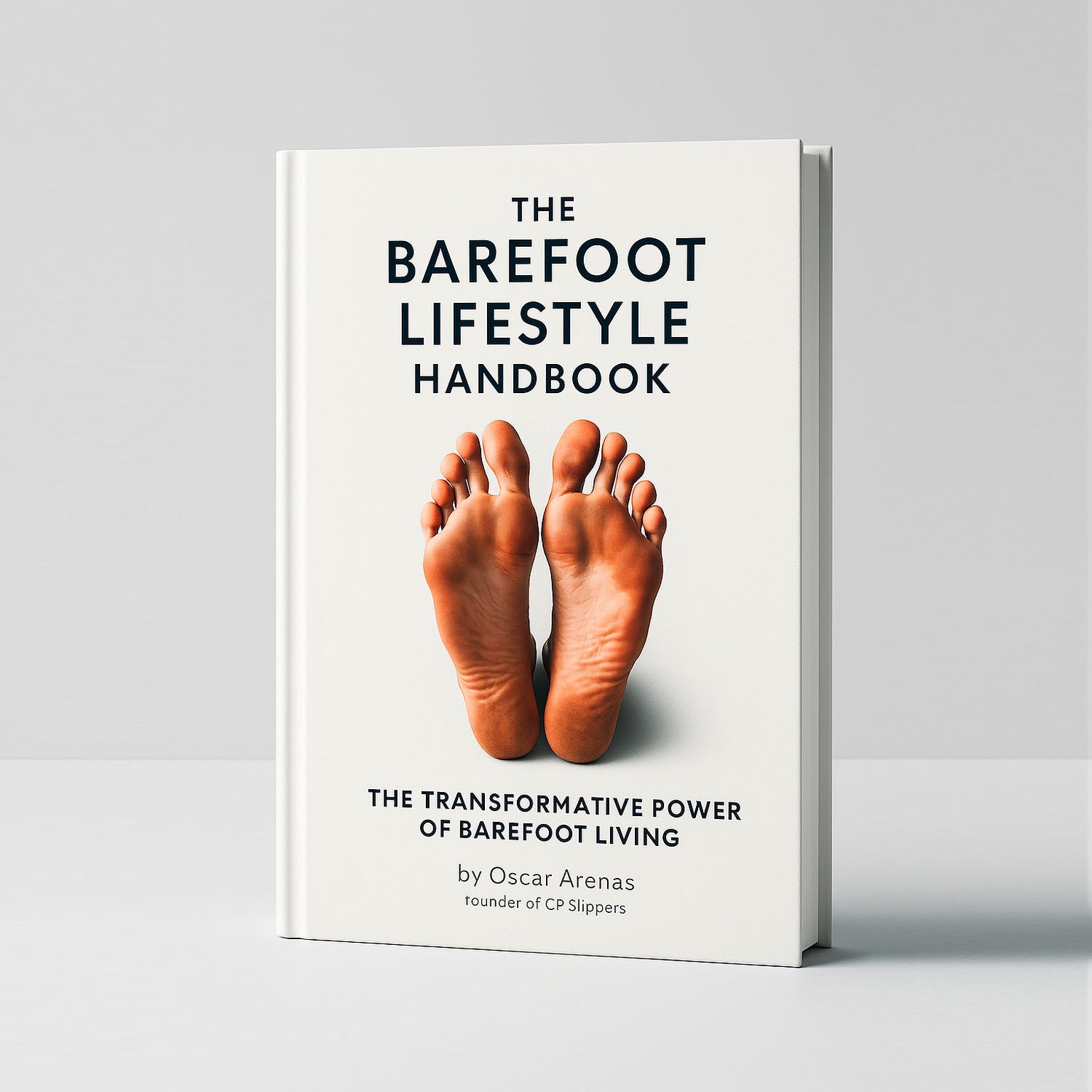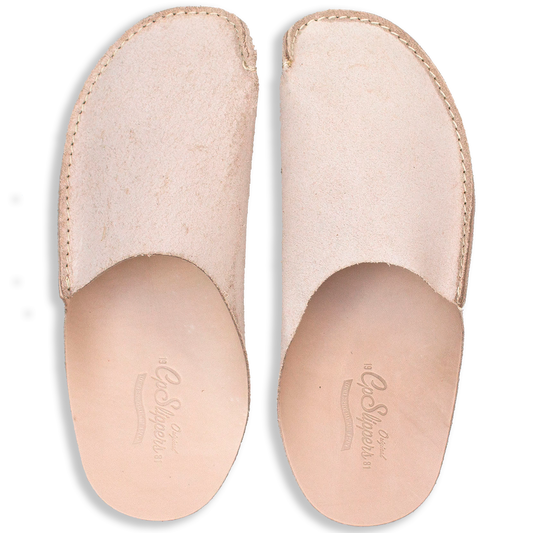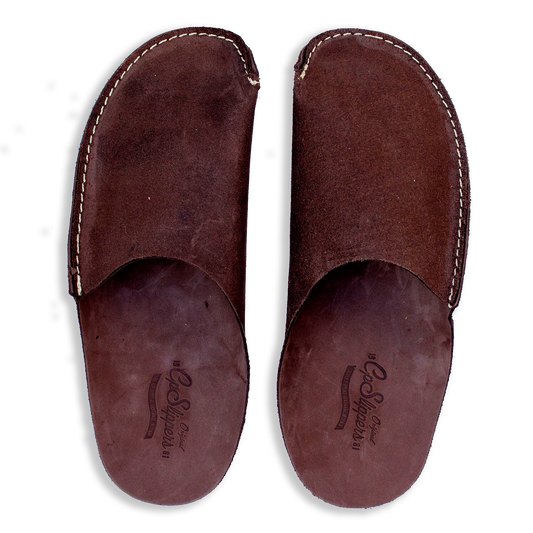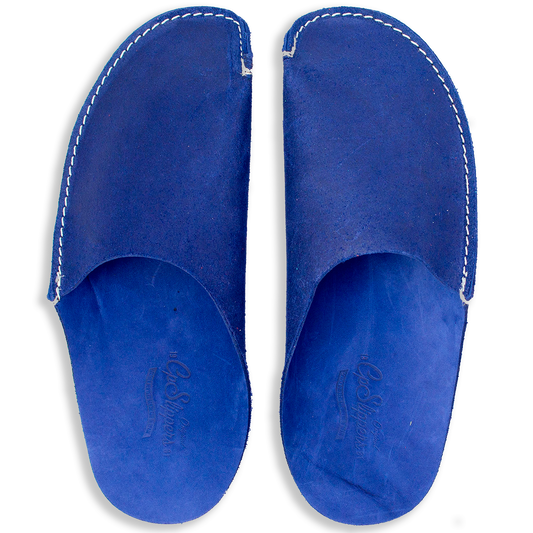Insights into barefoot running, from technique to terrain.
Reclaiming the natural rhythm of running
Among the most natural motions we know is running. But in a world of high-tech shoes and performance-enhancing equipment, we have disconnected from its unvarnished, natural origins. Barefoot jogging helps us to return to simplicity, sensation, and the pure delight of movement. Running without shoes provides a strong connection to both your body and the ground under you regardless of your level of experience or curiosity.
Why run barefoot?
With thick bottoms and arch support, modern running shoes sometimes promote a heel-strike pattern that cushions impact. However, barefoot running reverses this effect. Running without shoes increases your chance of landing on your forefoot or midfoot, which lessens the startling impact on your hips, knees, and spine.
Some of the most compelling benefits of barefoot running include:
- Improved biomechanics and running form
- Strengthened foot and lower leg muscles
- Enhanced balance and proprioception
- Reduced risk of common running injuries
- Increased mind-body connection and awareness
Many barefoot runners also describe a sense of freedom and flow, a simpler, more linked beat difficult to find in padded footwear.
The art of transitioning
You should not hurry into barefoot running. Your feet require time to recover strength and mobility after years, perhaps even decades, of supportive footwear.
Start here:
- Walk barefoot daily, especially on natural, varied terrain like grass, sand, or dirt trails.
- Begin with short barefoot runs — no more than 5–10 minutes — on soft surfaces.
- Slowly increase duration as your feet and calves adapt.
- Focus on form, not speed. It’s about retraining your movement, not setting a personal best.
Pay great attention to your physical sensations. Although some discomfort of the muscles is normal, acute pain should cause one to back off. Consistency rather than intensity drives barefoot running forward.
Proper barefoot running technique
Running without shoes forces a distinct stride and posture. Here is what to give top attention:
- Land lightly on your midfoot or forefoot.
- Keep strides short and your steps quick — think cadence, not length.
- Maintain a relaxed posture, leaning slightly forward.
- Let your arms swing naturally and your eyes look ahead.
- Aim for quiet steps — the less noise you make, the better your form likely is.
This natural running form addresses sustainability rather than only efficiency. It works your core, shields your joints, and increases ground-up long-term strength.
Challenges and how to overcome them
The path to barefoot running isn’t always smooth. Expect some bumps along the way:
- Blisters and skin sensitivity as your feet adapt
- Sore calves and arches during the early transition
- Uneven terrain that demands more attention and agility
- Skepticism from others (yes, people will stare!)
These are normal. On harder terrain or as a transitional tool when needed, choose minimalist shoes. And keep in mind—this is a trip inside oneself. You don't need to prove anything. You are doing this for the relationship, not for the competitiveness.
Choosing the right terrain
No surface is created equal. Among the best sites to hone barefoot running are:
- Grass fields: forgiving and gentle on new barefoot runners
- Packed dirt trails: offer texture and feedback without harsh impact
- Beaches: great for foot strength and proprioception (just watch for shells)
- Rubber tracks: a good urban alternative to natural ground
Especially in the early stages, steer clear of scorching pavement, jagged gravel, and locations with concealed trash.
The mind of the barefoot runner
Barefoot running has more to offer than only biomechanics. Eliminating the gear allows one to feel freedom, play, and awareness. Every action becomes more deliberate. Every feeling — the freshness of grass, the warmth of sun-soaked soil, the pulse of Earth — becomes part of the experience.
Barefoot jogging is in many respects a moving meditation. It's a trip back to your most basic self, the one that knows how to move without direction.
Final thought: Run like you were born to
Running needs no special shoes to be a runner. You already own everything you could ever need. This includes your physical form. You breathe. Your empty feet.
The journey of barefoot running is more about presence than perfection. It is about rediscovering what it means to be really alive in motion, moving with intention, and adjusting with inquiry.
Hence, start with that initial step. Taste the ground. Depend on your step. Run as you should have.






